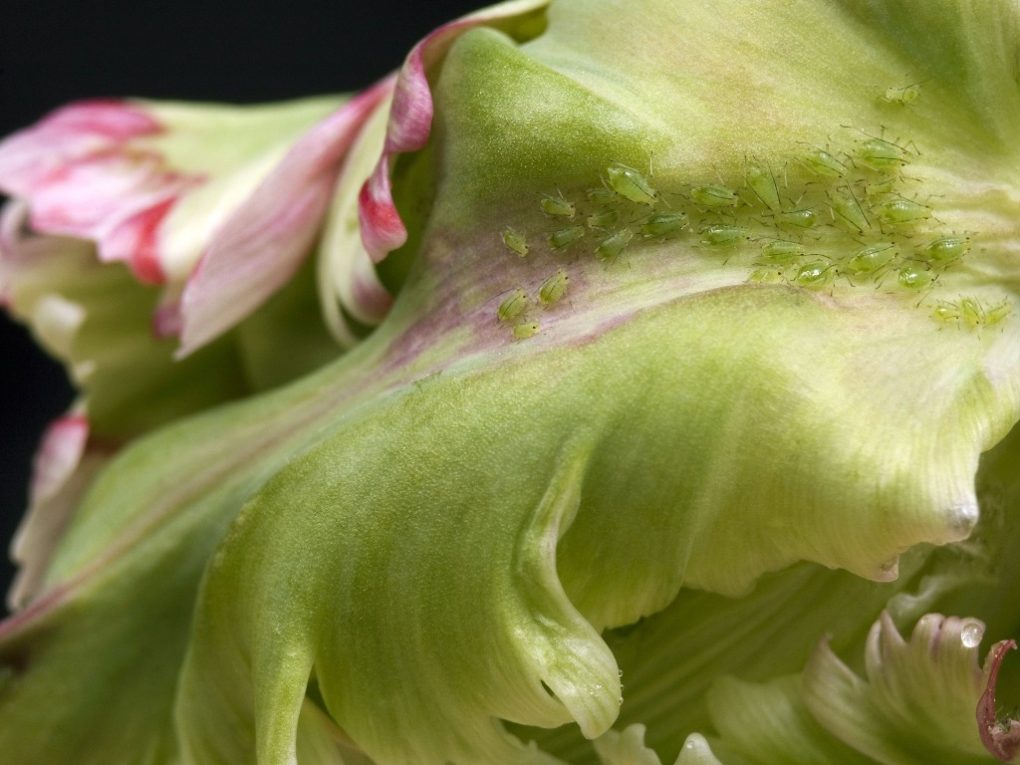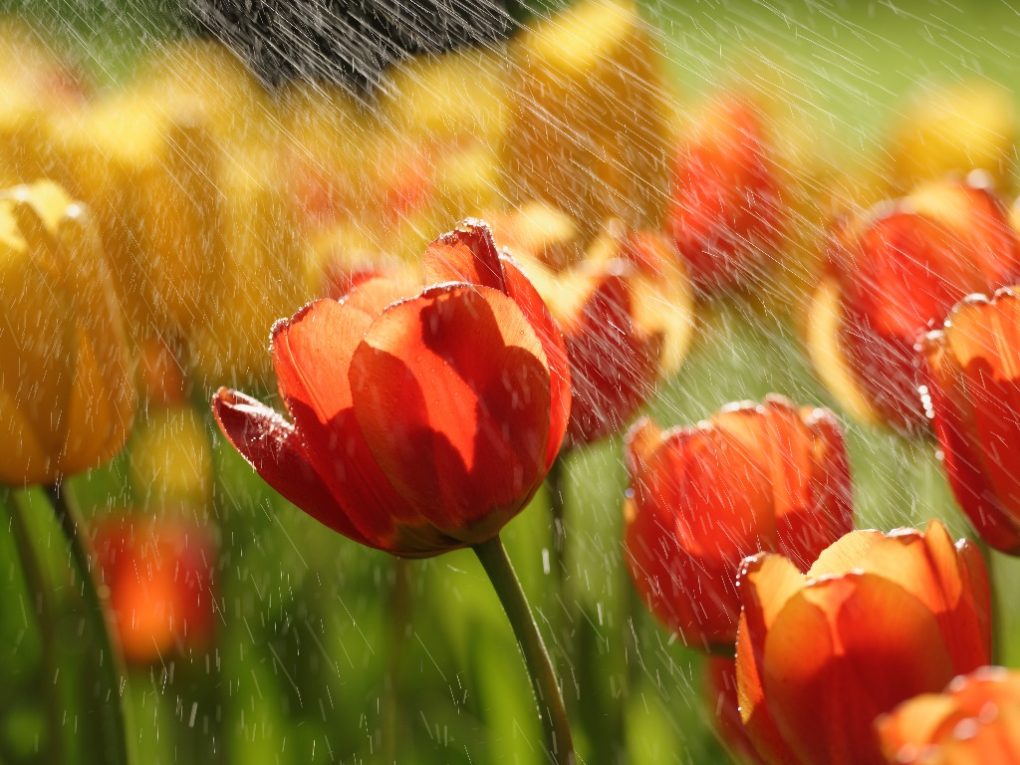Does Tulip Come Back Every Year: Here’s What You Need to Know About Ensuring This Elegant Flower Grows Back
Yes, tulips come back every year. While tulips have a reputation for being finicky and short-lived, there are ways to ensure they return year after year. One of the key factors in determining whether tulips will come back is the type of soil they are planted in. Tulips prefer well-drained soil with plenty of organic matter.

If these conditions are met, the bulbs can remain in the ground for up to four or five years before needing to be replaced. However, if the soil is too wet or needs more nutrients, the bulbs may not survive the winter or produce flowers in spring.
Another factor affecting tulips’ longevity is the climate in which they are grown. Tulips evolved in mountainous regions with hot summers and cold winters, requiring a period of dormancy to bloom.
In areas with mild winters or high humidity, tulips may not receive the necessary cold temperatures to trigger dormancy and may fail to bloom or return the following year. However, gardeners can enjoy tulips’ beauty with proper care and attention for many years.
Table of Contents
Factors That Affect Tulip Return
Climate and Weather
Tulips require cool temperatures to grow and flower properly. They are typically grown in regions with cold winters and mild springs. If the climate is too warm, the tulips may not get the necessary chill hours and may not bloom properly.
Additionally, sudden fluctuations in temperature during the growing season can cause the tulip bulbs to rot or become diseased, which can reduce the return. Also, tulips require adequate moisture to grow, but more rainfall can be beneficial.
Excess rain can cause the tulip bulbs to rot or become diseased, particularly if the soil does not drain well. On the other hand, a lack of rainfall can cause the tulip leaves to become limp and dry, reducing the plant’s ability to photosynthesize and produce energy for the bulbs.
Tulips require adequate sunlight to grow and flower properly. However, too much sunlight can cause the flowers to wilt or fade quickly, particularly if the temperatures are high. Additionally, the flowers may become damaged or broken if the tulips are grown in a region with strong winds and bright sunlight.
Soil Conditions
As mentioned, tulips prefer well-draining soil that is rich in nutrients. If the soil is too compacted or has poor drainage, the tulip bulbs may not grow properly or become diseased. Additionally, if the soil is too acidic or alkaline, this can impact the tulip’s ability to absorb nutrients from the soil.

Soil pH measures how acidic or alkaline the soil is, affecting the availability of nutrients to the tulips. Tulips grow best in soil with a pH between 6.0 and 6.5. If the soil is too acidic, tulips may not be able to absorb enough nutrients such as nitrogen, phosphorus, and potassium, which can lead to stunted growth and poor flowering.
On the other hand, if the soil is too alkaline (pH above 7.0), iron and manganese become less available to the plant, leading to the yellowing of leaves and poor growth. Additionally, the texture of soil affects its drainage and nutrient-holding capacity.
Soil that is too heavy, such as clay soil, can hold too much water, leading to waterlogging and rotting of tulip bulbs. On the other hand, soil that is too sandy drains too quickly and does not hold enough nutrients. In sandy soil, tulips may need access to sufficient water or nutrients, which can impact their growth and return.
Soil structure refers to the arrangement of soil particles into aggregates or clumps. Soil with a good structure provides adequate pore space for water and air to circulate the roots of the tulips. Compacted soil or a poor structure can inhibit water and air movement, leading to poor growth and return of tulips.
Organic matter is essential for soil health, improving soil structure and providing plant nutrients. Organic matter also helps to retain moisture in the soil, which is important for the growth of tulips. Soil deficient in organic matter can be improved by adding compost, leaf, or well-rotted manure.
Pest and Disease Control
Prevention is an important aspect of pest and disease control. By taking preventive measures, growers can reduce the risk of pests and diseases infesting their tulip plants. This includes cleaning tools and equipment, maintaining good hygiene in the growing area, and planting tulips in well-drained soil with adequate nutrition.

Early detection of pests and diseases is crucial in preventing their spread and minimizing damage. Regular monitoring of tulip plants for symptoms such as leaf discoloration, wilting, or insect damage can help growers identify and treat any problems before they become severe.
When pests or diseases are detected, growers can take appropriate treatment measures to control their spread. This may include chemical or biological pesticides, fungicides, or insecticides. In addition, growers must follow the recommended application rates and timing to ensure the treatment is effective and does not harm the tulip plants.
I recommend using integrated pest management (IPM), which combines various pest control strategies to manage pest and disease problems. IPM involves using a combination of cultural, biological, and chemical controls to minimize the use of pesticides and promote sustainable pest control.
Examples of IPM practices include crop rotation, using natural predators, and the application of disease-resistant varieties. For example, pests such as aphids and thrips can damage the leaves and flowers of tulips, reducing their aesthetic value and impacting their ability to photosynthesize and produce energy.
Similarly, tulip fire, botrytis, and fungal infections can cause the leaves and flowers to wilt, discolor, and rot, reducing tulips’ return. Effective pest and disease control measures can help maintain healthy tulip plants, resulting in a better return of healthy flowers.
How to Ensure Tulip Return
Ensuring a good tulip return requires careful planning, planting, and maintenance. Healthy bulbs are crucial for a good tulip return. Choose firm, plump bulbs free from mold, bruises, or damage. Inspect the bulbs thoroughly before planting and discard any soft or rotting.
As discussed, tulips thrive in well-drained soil with plenty of sunshine. Choose a planting site with at least six hours of sunlight daily and good drainage. Avoid planting in areas prone to flooding or poor drainage—plant bulbs at the recommended depth and spacing for your chosen variety.
Tulips require nutrients such as nitrogen, phosphorus, and potassium to grow and bloom. Prepare the soil before planting by adding compost, well-rotted manure, or other organic matter. Apply a balanced fertilizer during the growing season to ensure the tulips have access to the nutrients they need.
Tulips need regular water to grow and bloom, but they also require good drainage. Water deeply once a week if rainfall is insufficient, but do not overwater or allow the soil to become waterlogged. Water in the morning or evening to avoid evaporation and to give the tulips time to absorb the water before the day’s heat.

Pests and diseases can impact the return of tulips. Practice good hygiene in the growing area, monitor the tulips regularly for signs of infestation or disease, and take appropriate measures to control any problems.
After the tulips have bloomed, allow the foliage to die back naturally. Wait to cut back or remove the leaves until they have turned yellow and withered, as they still provide nutrients to the bulbs. Removing the leaves too early can impact the return of tulips in the following season.
